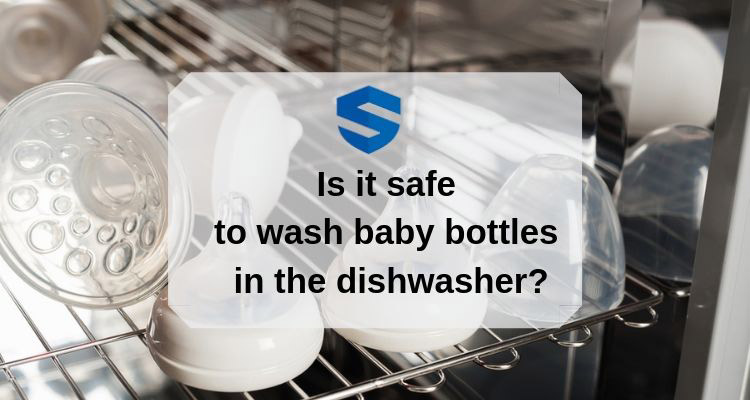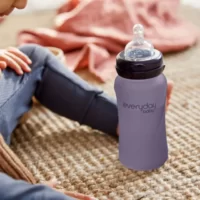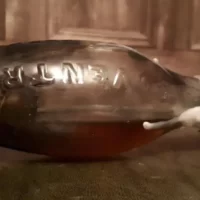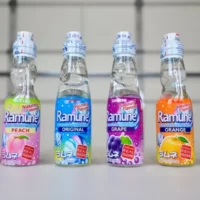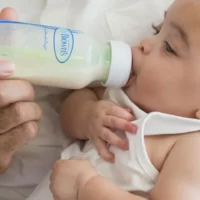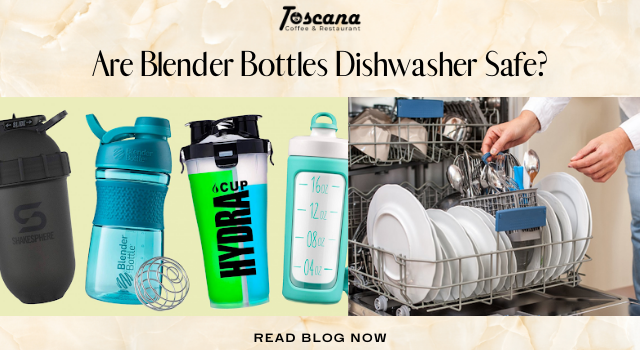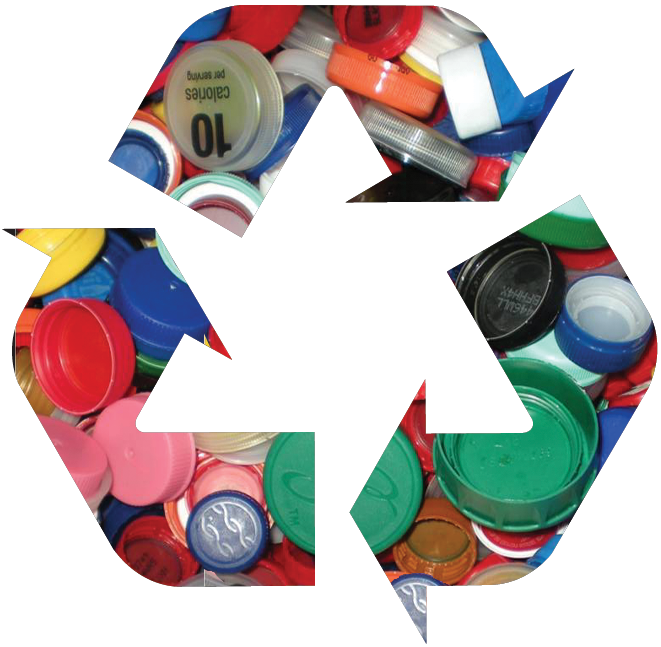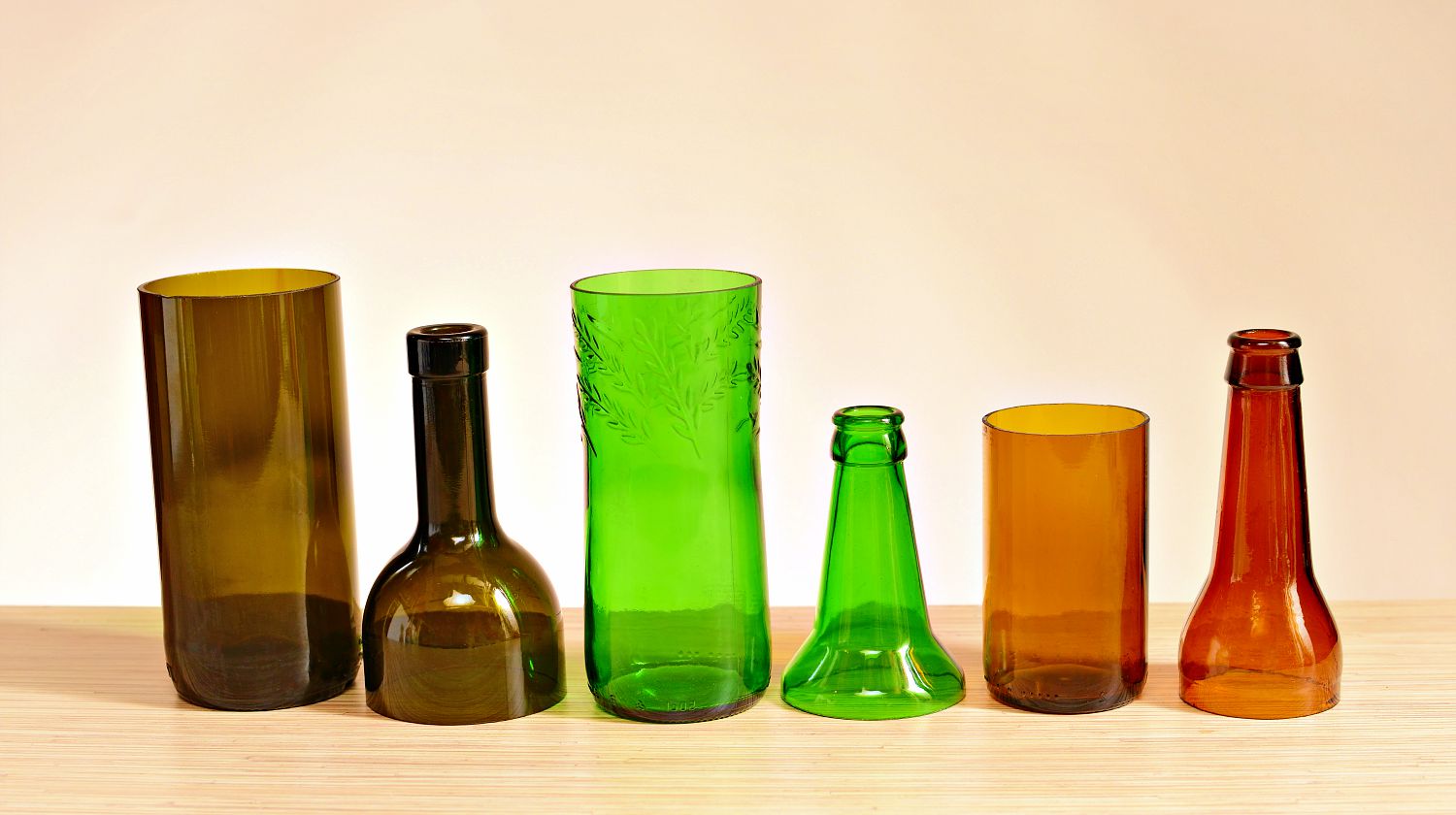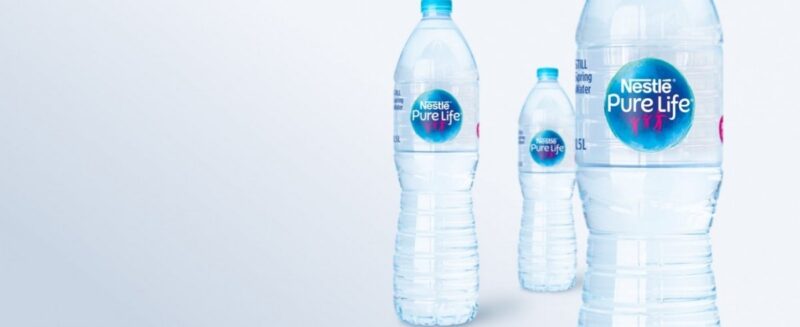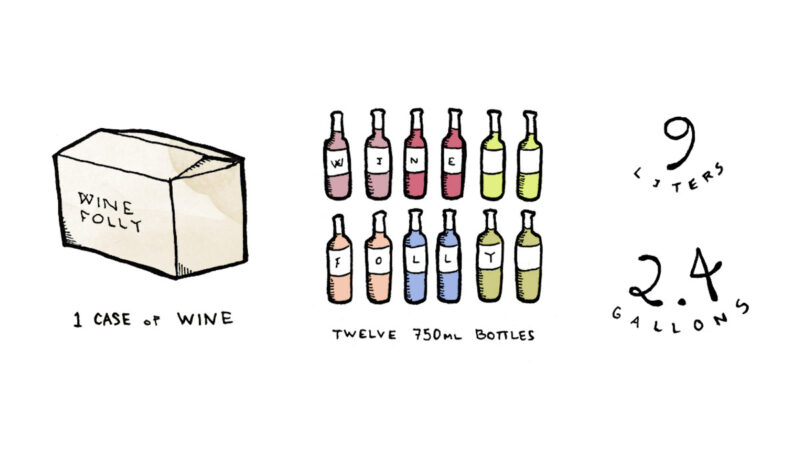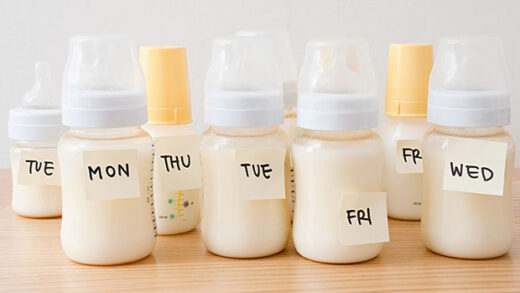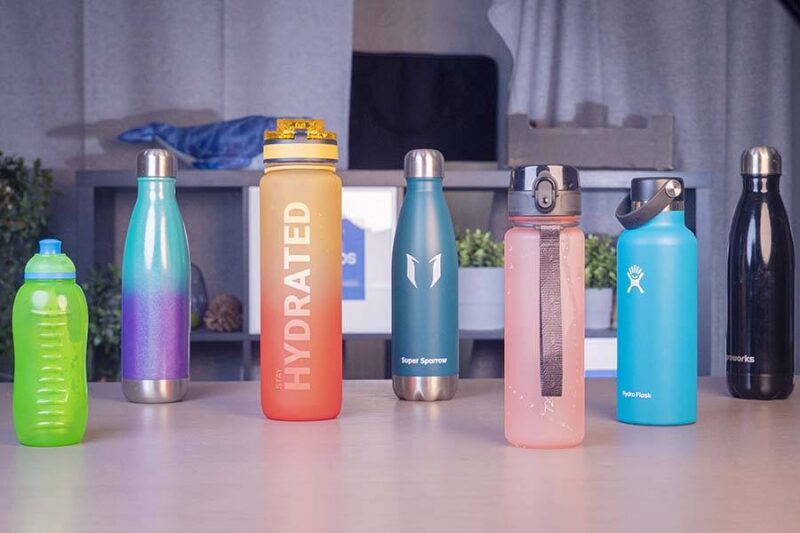Many parents are obnoxiously cleaning their baby’s things because infants’ immune systems aren’t fully matured. How often should we sterilize baby bottles?
Although sterilizing baby bottles after each use is not required, you may want to give the parts a thorough cleaning once every few weeks.
Everything you require to know about thoroughly cleaning baby bottles has been outlined here. Keep reading.
Table of Contents
Why Should We Sterilize Baby Bottles?
Babies under three months of age still have a developing immune system, making them more susceptible to infections that would normally be milder or more manageable at a later age.
While thoroughly cleaning bottles and using them right away usually suffices to get rid of dangerous bacteria, viruses, and other contaminants, sterilizing bottles daily or more frequently is another advised level of defense for babies’ first three months of life.
Read More: Glass Vs Plastic Baby Bottles
How Often Should I Sterilize Baby Bottles?
To avoid the growth of bacteria and germs, parents should clean their baby’s bottles right away after each feeding. After washing your hands, thoroughly scrub the bottle parts in warm, soapy water with a bottle brush before allowing them to air dry. Many pediatricians also believe that dishwashers (especially those with hot, sanitizing rinse cycles) will clean bottles and nipples thoroughly. Just make sure to put bottles in the top rack of the dishwasher to prevent them from melting, and use a basket for small parts like the nipples.
Baby bottles don’t necessarily need to be thoroughly cleaned or sterilized after each use. But before using bottle components for the first time, sterilize them. Additionally, if you want to be extra safe, you should sterilize your baby’s bottle supply every few weeks. This is especially important if you use second-hand or sanitized bottles or if your baby has recently been sick.
Sanitizing is crucial, according to the Centers for Disease Control and Prevention (CDC), if your baby is under three months old, was born prematurely, or has a compromised immune system. As long as you thoroughly clean the bottle parts after each use, older, healthy babies don’t benefit from daily sterilization. The importance of routine sterilization is diminished by the cleanliness and safety of today’s drinking water.
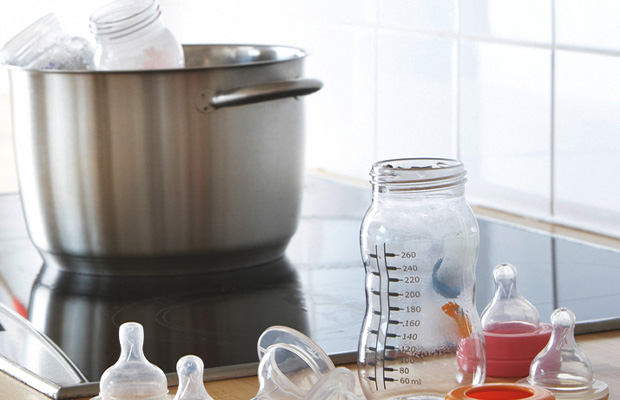
When Should Baby Bottles Be Sterilized?
Let’s first define the difference between sterilizing and sanitizing or simple cleaning.
Even some experts occasionally confuse the terms “sterilizing” and “sanitizing,” but they refer to two very different processes.
Almost all harmful bacteria and germs on an object’s surface are eliminated through sterilization. Cleaning something with soap and water only removes dirt and some (but not all) germs; this goes above and beyond that.
In addition, sterilizing is more thorough and intense than sanitizing, which is a powerful cleaning method that can be used in the dishwasher and other places. Sanitizing is not as reliable as sterilizing, but it still eliminates 99.9% of the bacteria found in food and soil.
Contrary to popular belief, the dishwasher cannot sterilize bottles or other items.
According to the Centers for Disease Control and Prevention (CDC), if your baby is under three months old, was born prematurely, or has a weakened immune system as a result of a disease or medical treatment (like HIV, cancer, or chemotherapy for cancer), you should wash bottles, nipples, and other feeding items after every use and sanitize them at least once every day.
Sometimes, sanitizing bottles more frequently, in between feedings, is advised by your pediatrician.
For infants younger than three months old, preemies, and infants with compromised immune systems, sterilizing bottles every day and possibly after every use is advised because these groups of infants are more susceptible to infection.
Read More: When to Change Bottle Nipple Size?
How To Sterilize Baby Bottles?
Although they are not necessary, some parents purchase specialized electric bottle sterilizers. Instead, you can sanitize your bottles with boiling water, your microwave, or bleach.
1. Sterilize With Boiling Water
The best and safest way to sterilize baby bottles is with this process.
- Put the pieces of your bottle that have been disassembled in a big pot.
- To completely submerge the components, fill the pot with water. Verify that the bottles don’t contain any air bubbles.
- The water should be heated until it boils for five minutes.
- After letting the water cool, carefully remove the bottle components.
- Place items on a clean drying mat or dish towel. Before using again, let everything air dry.
2. Sterilize With The Microwave
Follow the manufacturer’s recommendations for proper use if you buy a microwave sterilizer. Keep in mind that before using the sterilizer, your microwave must be clean. Additionally, make sure that all bottle components, particularly the nipples and rings, are microwave-safe.
3. Sterilize With Bleach
The CDC advises turning to bleach as a last resort if you don’t have access to a microwave or stove. Here’s what to do.
- Fill a gallon container with 16 cups of water and 2 teaspoons of unscented bleach.
- Make sure the solution gets into the nipple holes and that there are no air bubbles before completely submerging all of your baby bottle components.
- Allow the items to sit for two minutes.
- Don’t let the solution touch the bottle parts. The leftover bleach will disintegrate as the items dry, so don’t rinse them afterward to avoid reinfecting yourself with germs.
4. Sterilizing Baby’s Bottle In The Dishwasher
Baby bottles will be sanitized as you wash them if you use hot water and the heated drying cycle (or a sanitizing cycle) in the dishwasher. Before employing this strategy, just make sure the bottles are dishwasher-safe.
- Separate each bottle component.
- Before putting the bottle parts in the dishwasher, give them all a good rinse under running water.
- Dishwasher-safe the bottle parts. To prevent the small pieces from getting caught in the dishwasher filter, put them in a mesh bag or basket.
- Start the dishwasher on the heated dry setting with hot water.
- Before removing the bottle components from the dishwasher, give your hands a good wash.
- Place the bottle parts on a clean towel to air dry completely. Avoid using a dish towel to rub or pat dry the bottle parts because this could spread bacteria from the towel to the bottle.
Is A Bottle Sterilizer Necessary?
Sterilizers for bottles are specialized devices that perform the task of sterilization for you using steam or ultraviolet (UV) light. Various sanitizers can be used in the microwave or as countertop sanitizers.
Although not entirely necessary, sterilizers are useful to some parents. Bleach or boiling water sterilization both work equally well.
When To Stop Sterilizing Baby Bottles?
For healthy infants 3 months and older, sterilizing is typically not necessary on a daily basis. Your child’s immune system has matured by that age, making her less prone to illness. Just be sure to keep giving the bottles a thorough cleaning or sanitizing after each use.
Talk to your pediatrician about when you might be able to stop sterilizing your baby’s bottles if she had a premature birth or an immune system that is compromised.
Safety Tips When Sterilizing Or Sanitizing Baby Bottles
To ensure that every component is as clean as possible, keep this advice in mind.
- Make sure all of the items you’ll be using, such as bottle brushes or wash basins, have been sanitized before sterilizing or sanitizing. Brushes and small washbasins can either be washed by hand with soap and warm water, or you can clean them in the dishwasher (if they are dishwasher-safe and the right size). As with baby bottles, they can be sterilized by boiling, steaming, or soaking in bleach.
- Before sterilizing and sanitizing, disassemble parts as much as possible. Remove the handles, lid, sipping mechanism, straw, and valve from a baby straw cup, for example, to ensure that every component is thoroughly cleaned.
- Before adding components to the dishwasher, check the manufacturer’s instructions. Some might perform better on the top rack, while others might be able to move to the bottom rack.
- Before reassembling bottles, cups, or other items and putting them away, make sure all of the parts are completely dry. Reassembling still-wet items can promote the growth of mold.
In some circumstances, it’s necessary to take a few extra steps to sterilize and sanitize your baby’s bottles in order to protect their health. Find a strategy that works for you, and keep in mind that you won’t be in this stage for long.
Tips To Store Baby Bottles After Sanitizing
You can assemble the baby bottles for quick use the next time you need them once all of the component parts have dried completely. The bottles should only be kept with clean items in closed kitchen cabinets so that they don’t come into contact with as much air as they would on a kitchen counter.
Any step in your drying or storage procedure that leaves moisture behind on the bottles increases the likelihood that germs will grow there. Drying racks can occasionally result in moisture being trapped, so if that’s how you prefer to dry your clothes, you should sanitize the rack every few days.
For all of the time that babies drink from bottles, it is no longer advised to sanitize the bottles. It can add one more layer of security for the new member of your family, though, if you can fit it into your schedule or your family’s circumstances make it a good fit.
Final Thoughts
It’s not nearly as much fun to sterilize baby bottles as it is to cuddle up to your sweetheart or sing her her favorite lullabies. It is merely one method of protecting a baby’s developing immune system.
But it’s an added measure of security that can help keep your brand-new bundle healthy.
And keep in mind that even if you don’t sterilize baby’s bottles, it’s still crucial to clean them after each feeding because bacteria can thrive in leftover or residual breastmilk or formula.
Other Posts You Might Like: How To Get A Breastfed Baby Take To A Bottle?

